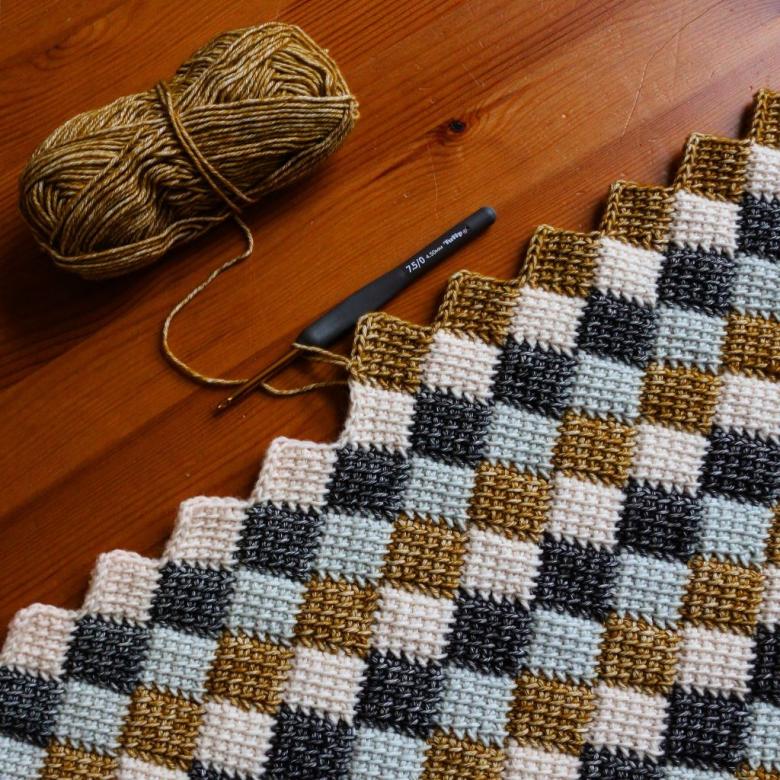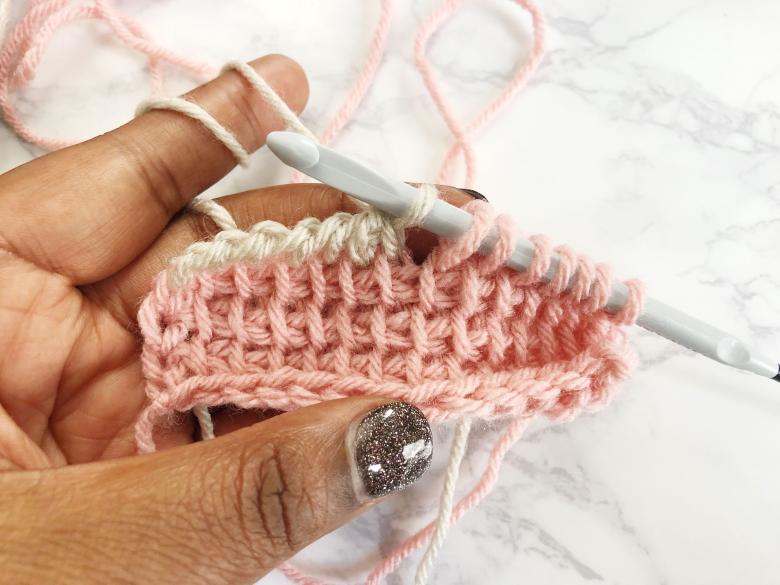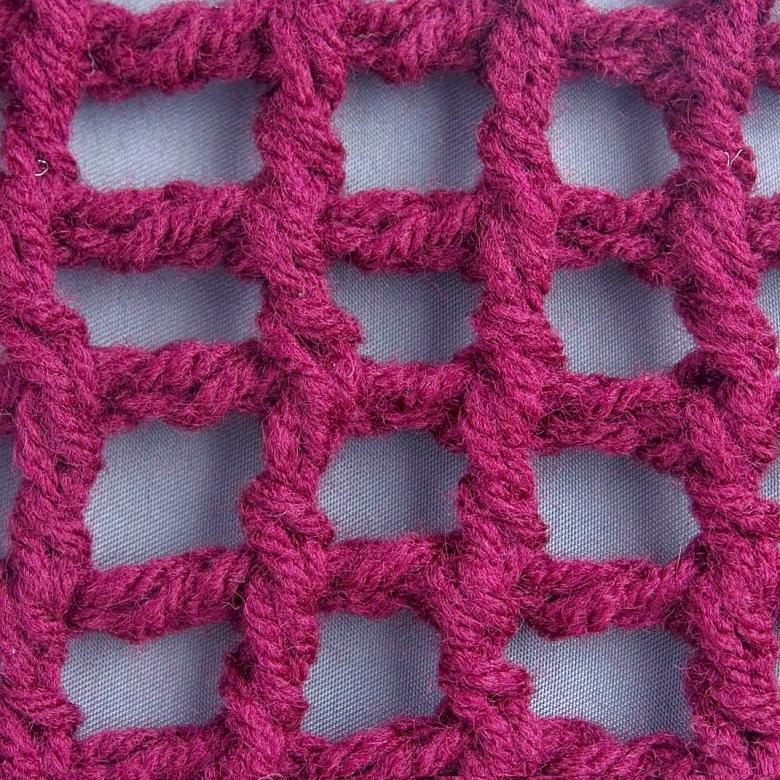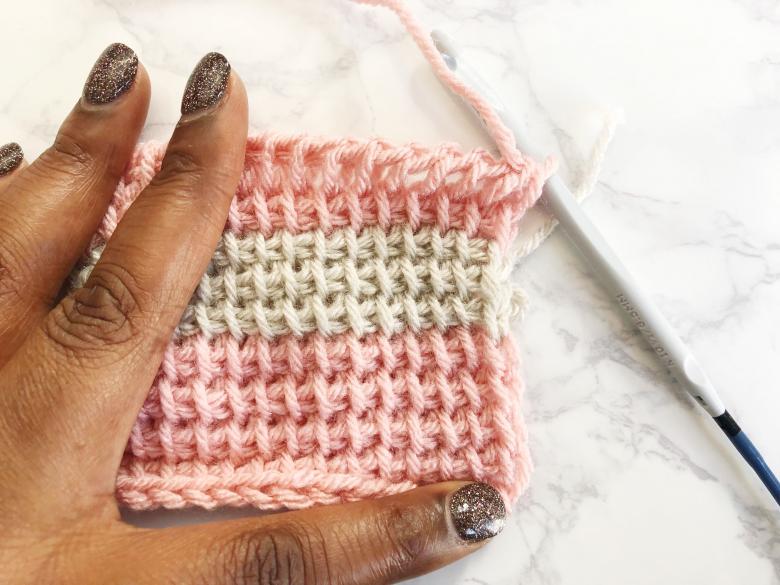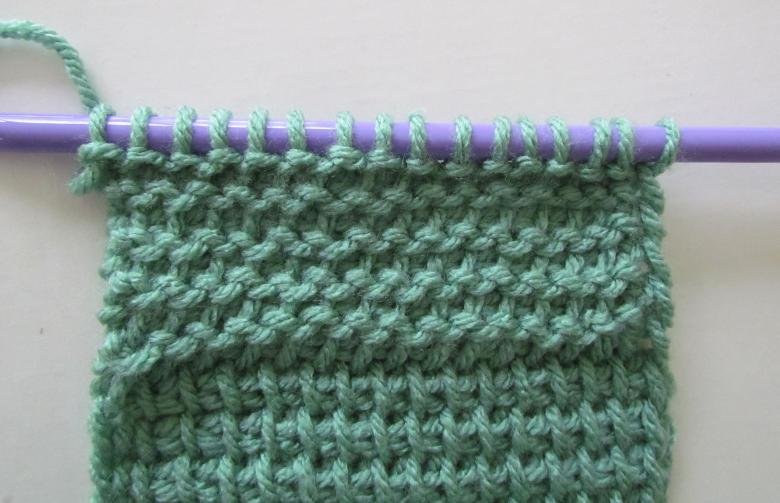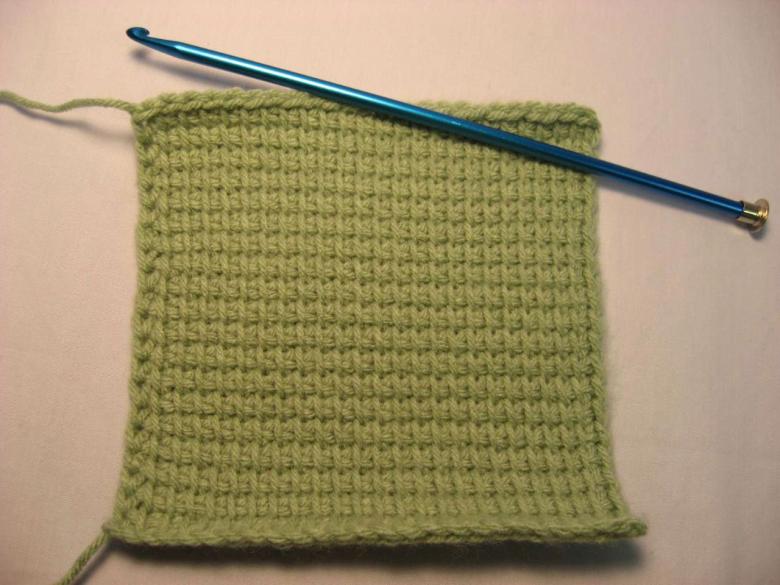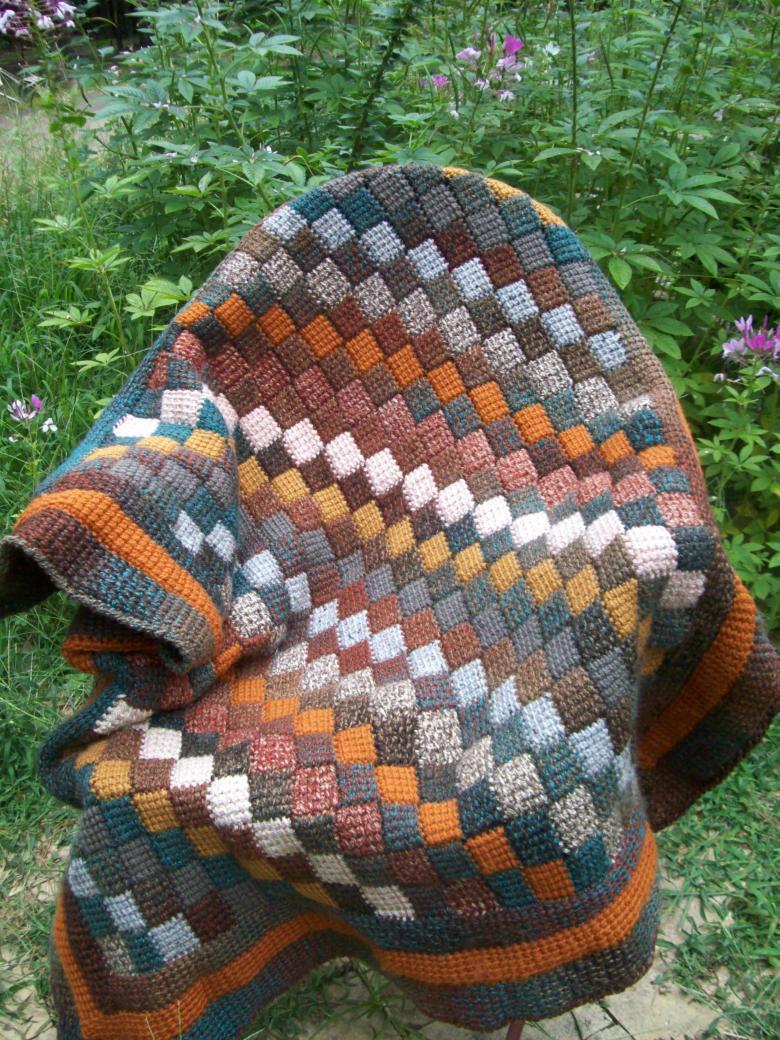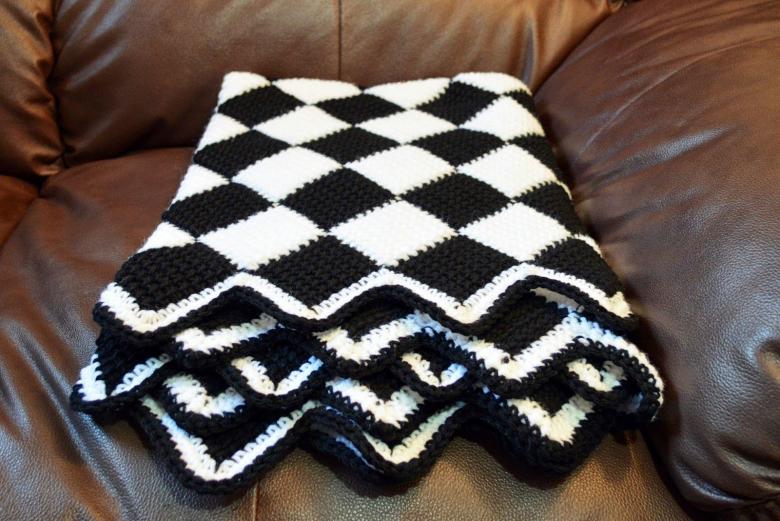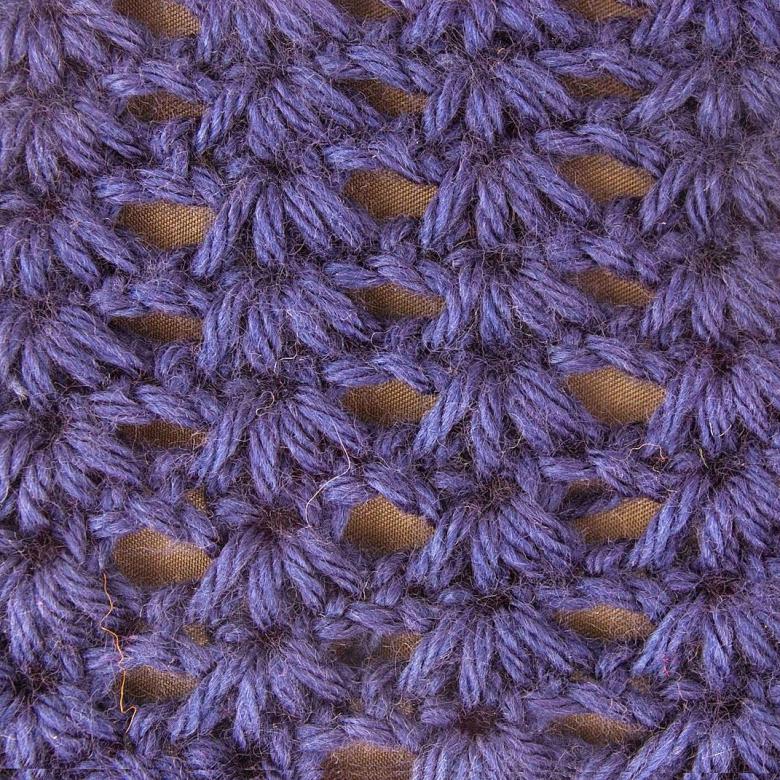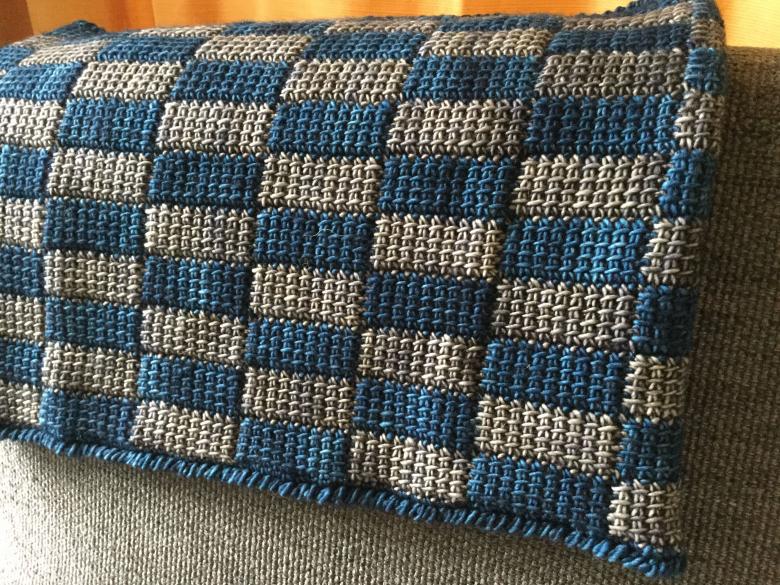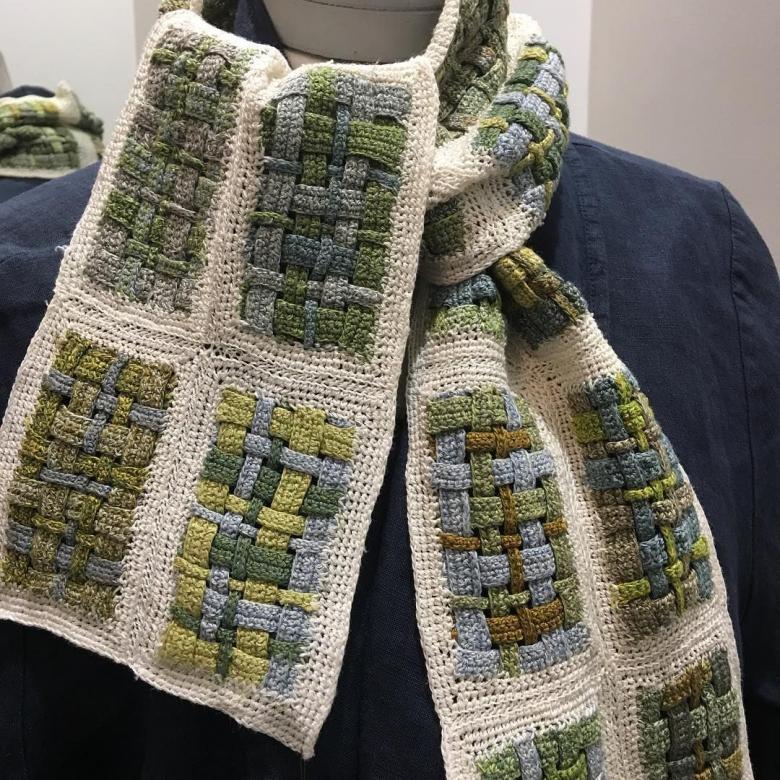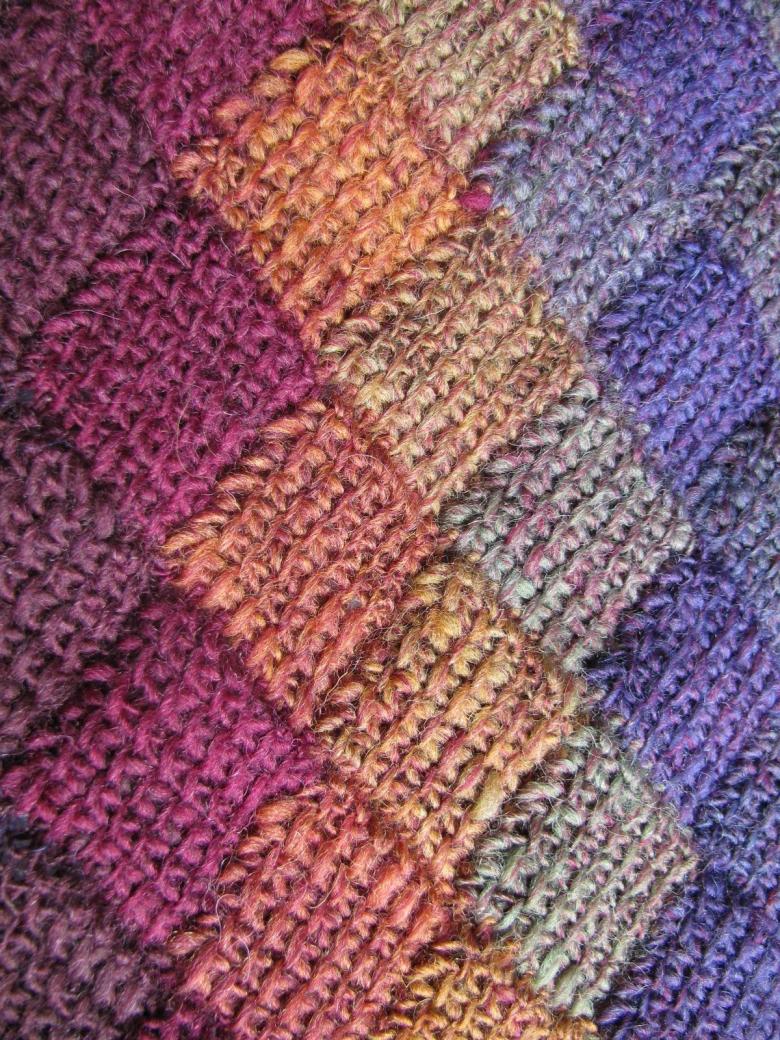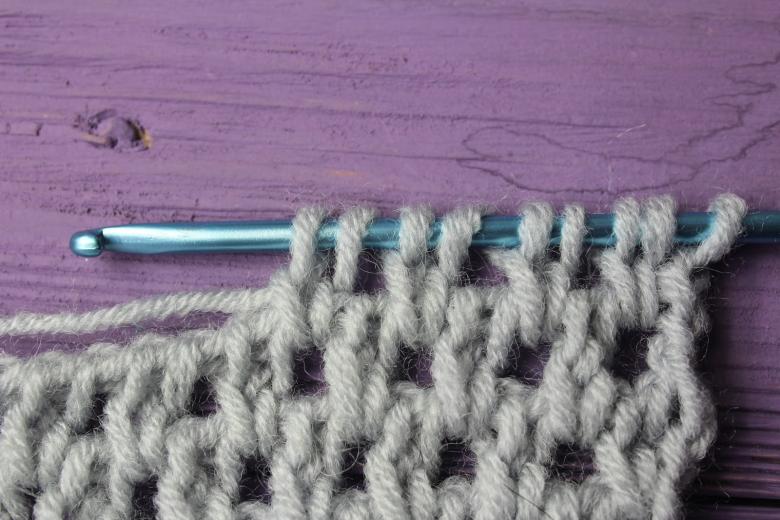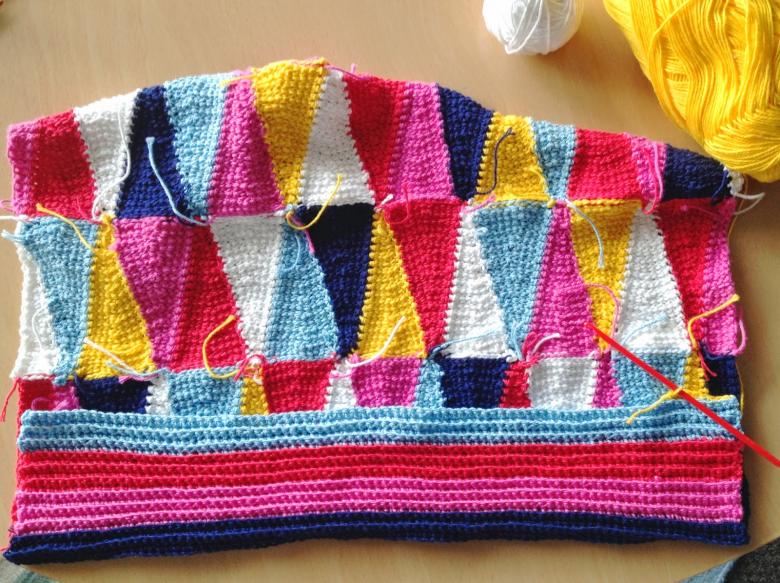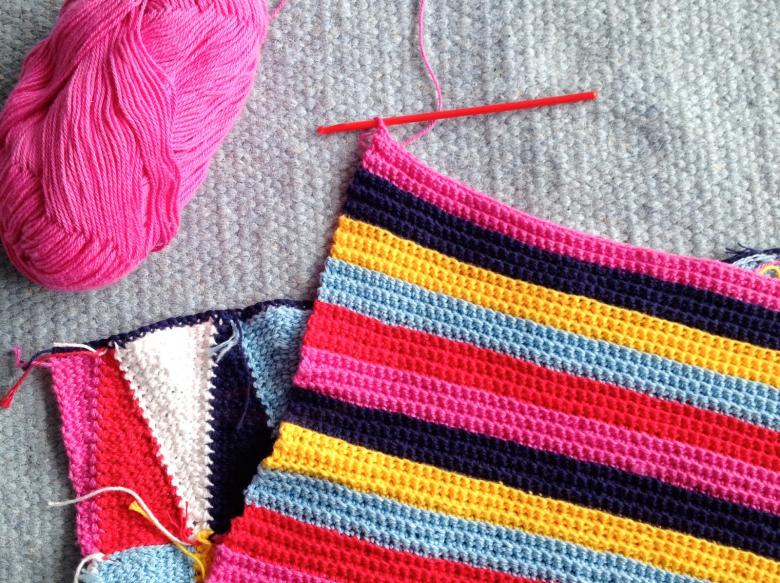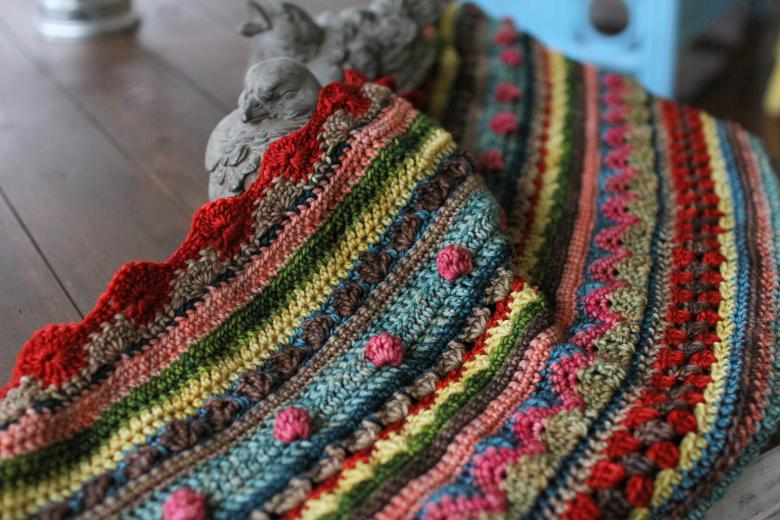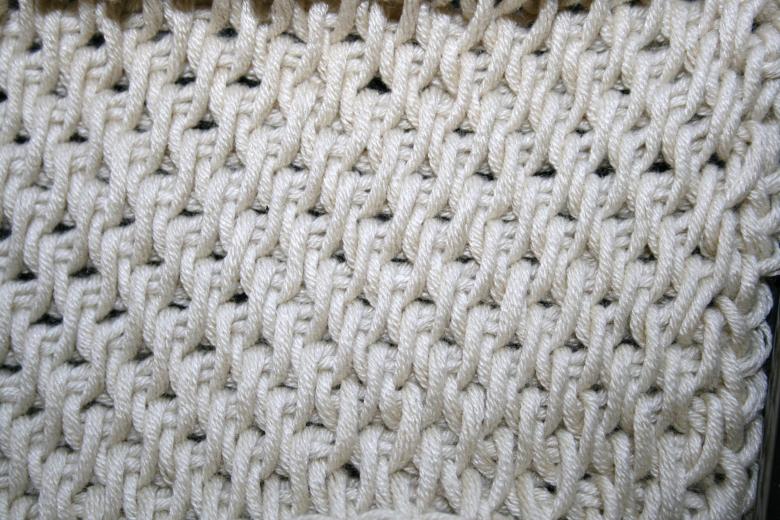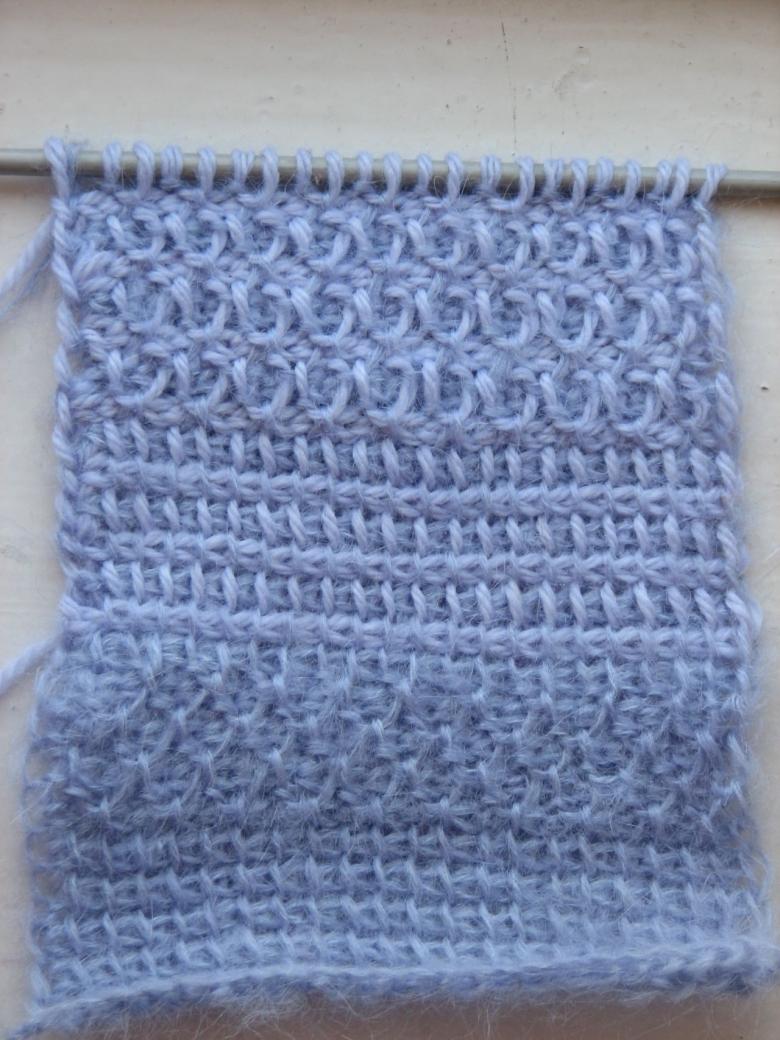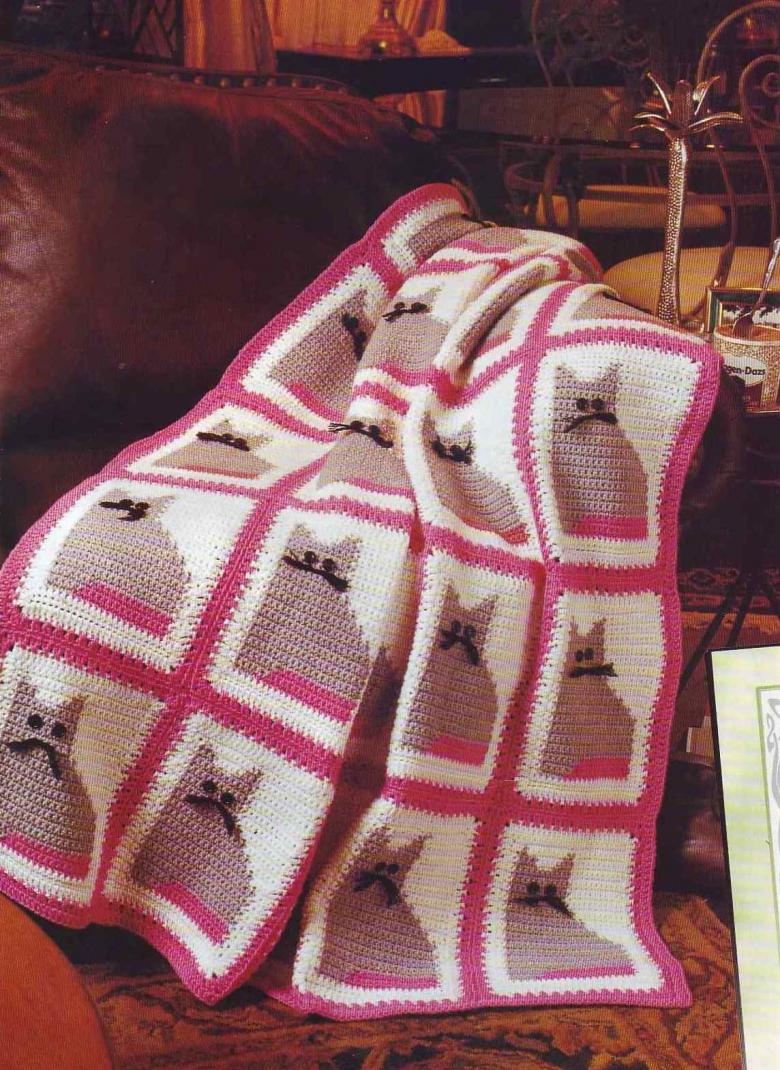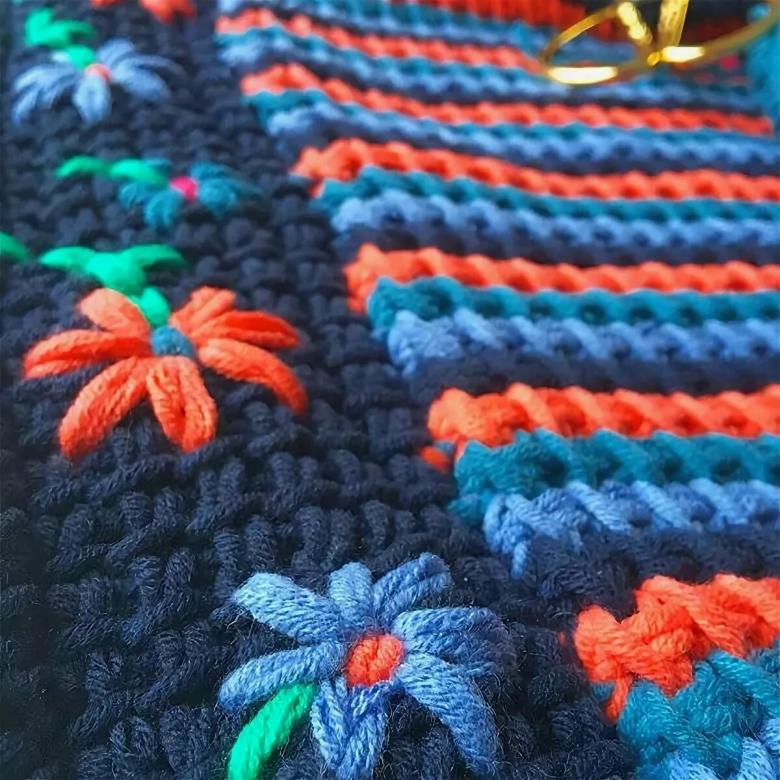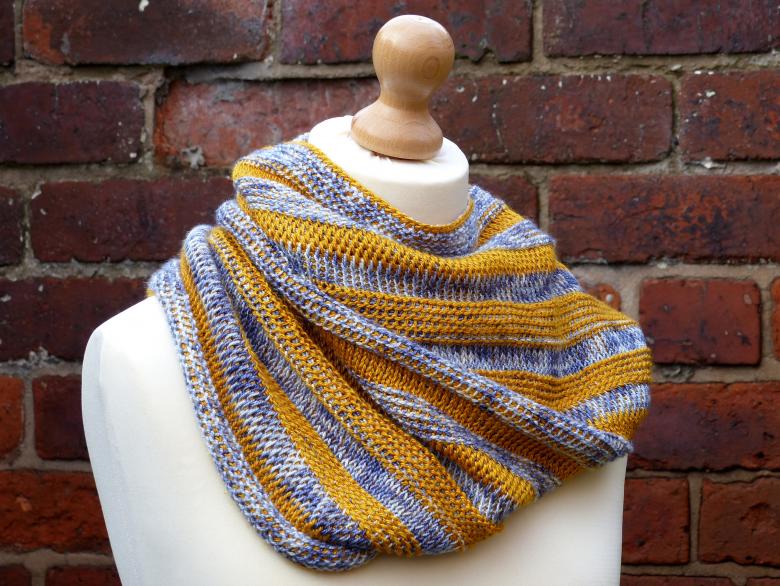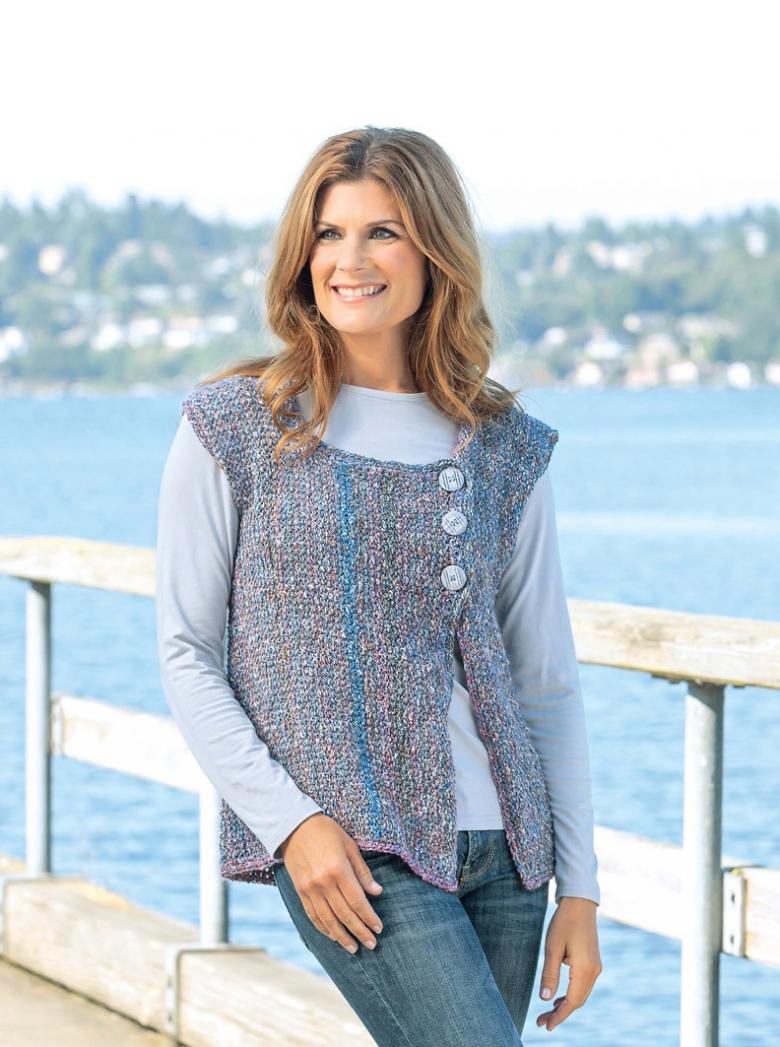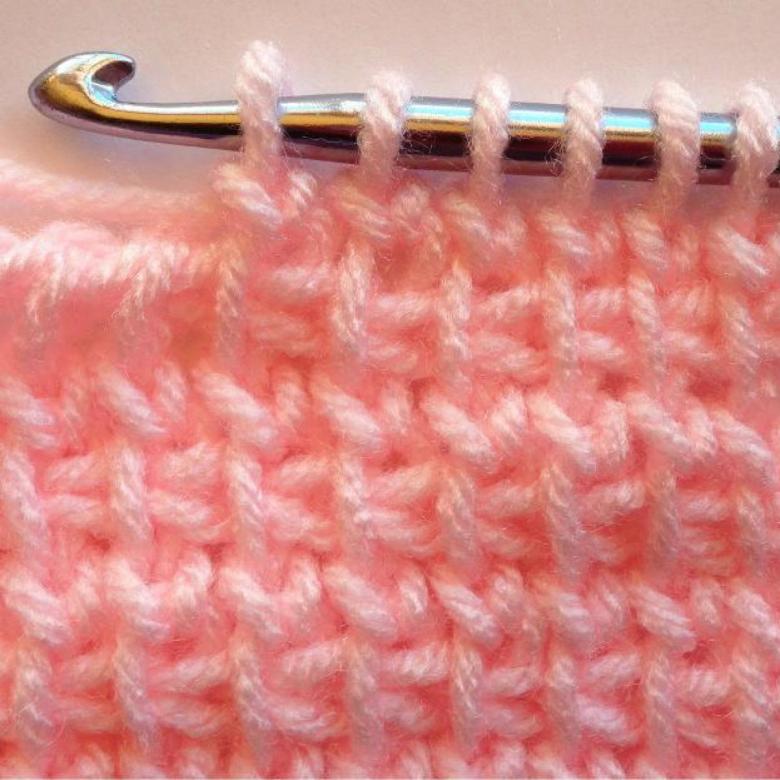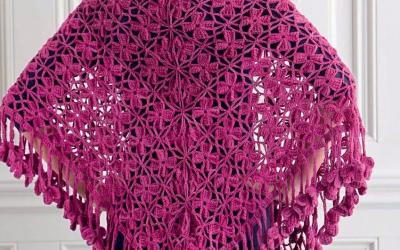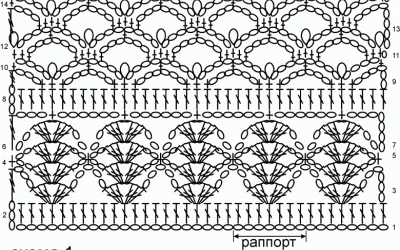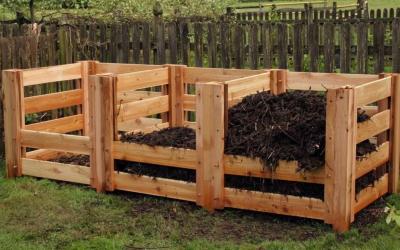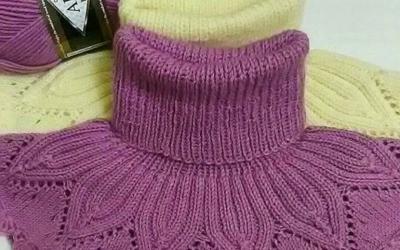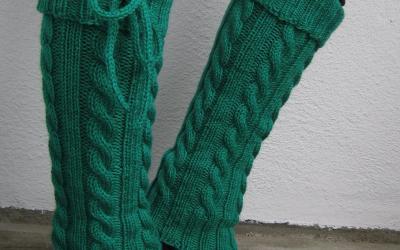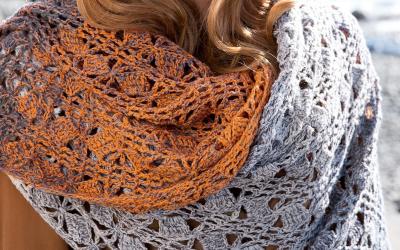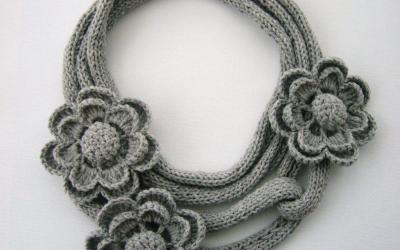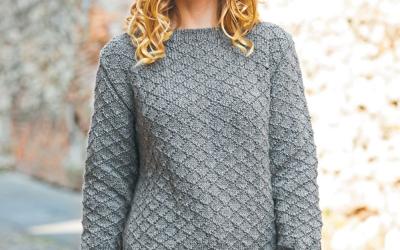Tunisian crochet and knitting: what it is and how to learn the basic schemes
Tunisian knitting is just gaining popularity. Due to the density of the weave, this technique can become the basis for unusual things.
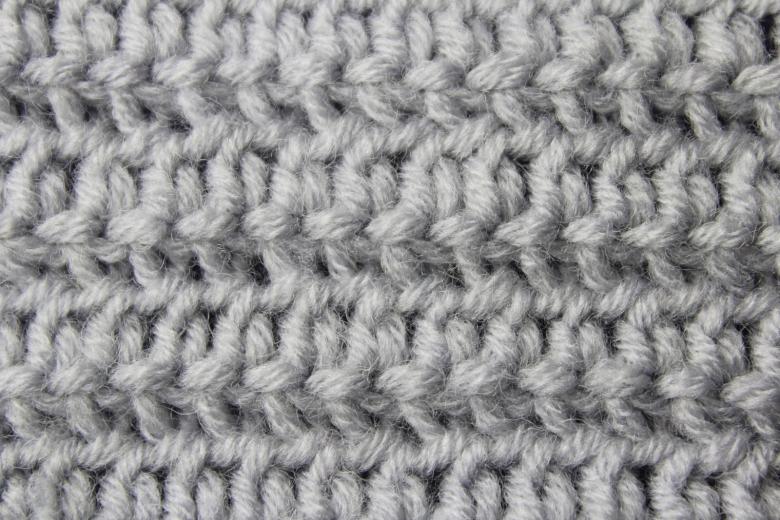
Where did it all begin?
The technique of Tunisian or, in another version, Afghan knitting originated on the shores of North Africa thanks to the local fishermen, who mended their nets with special long hooks. In Europe, this kind of needlework came in the 19th century.

For skilled knitters who want to try something new, this type of knitting it will be interesting. It has a fairly simple technique, but it is performed with tools that are not very familiar to us.
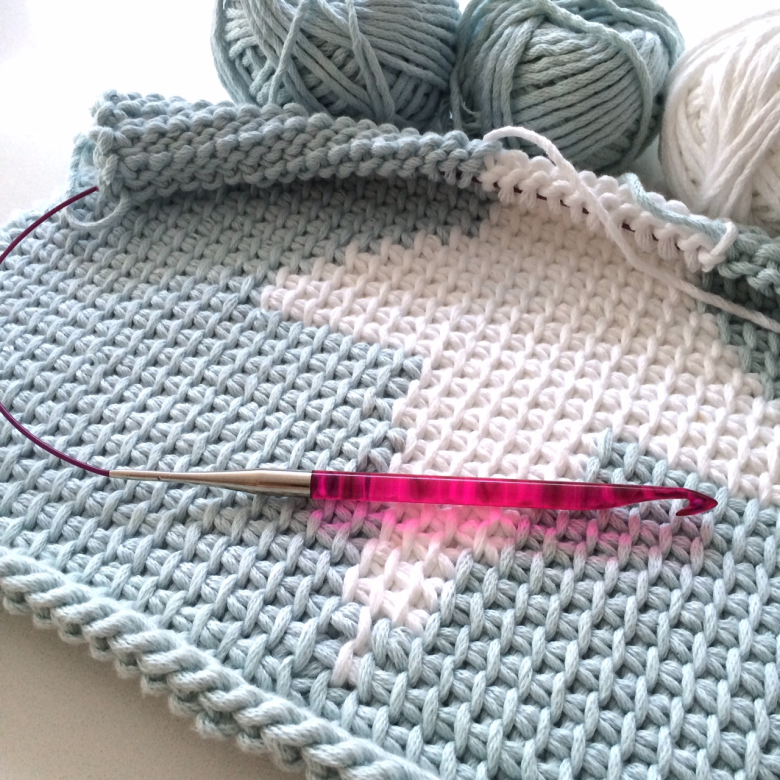
Tunisian knitting will appeal to both beginners and experienced needleworkers. It is a fascinating process of creating both finished things, and the basis for bright masterpieces of needlework. And it is worth starting with the choice of tools and yarn.
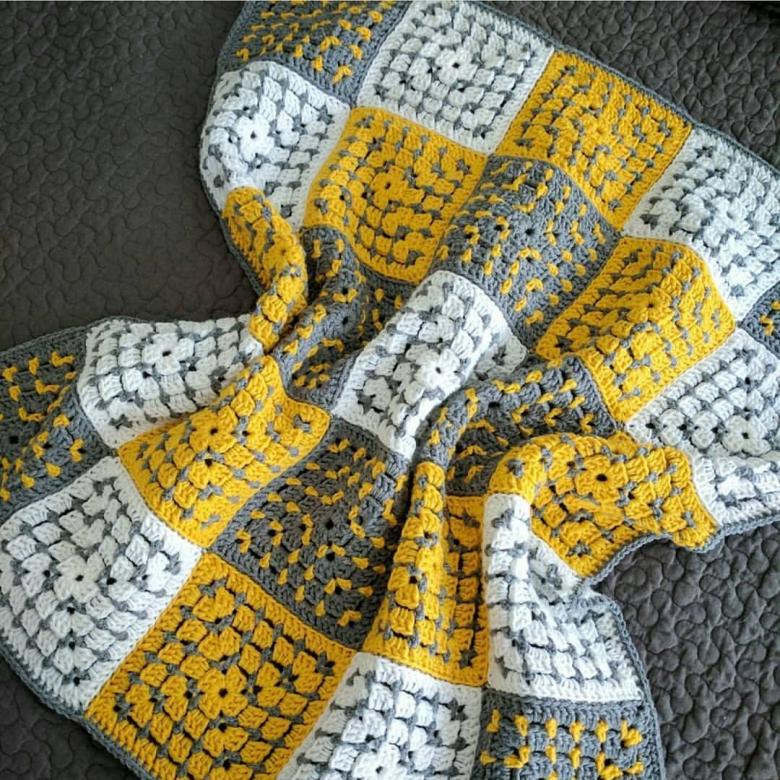
What products are suitable for
Tunisian knitting is an interesting technique, a symbiosis of needles and crochet. With the help of this technique you can create a monochrome fabric or colored patterns, knit ornaments and relief texture.

This type of fabric is very dense. It is suitable for things that should not stretch and deform when worn and used. From it perfectly obtained bags, plaids, cardigans and many other things.
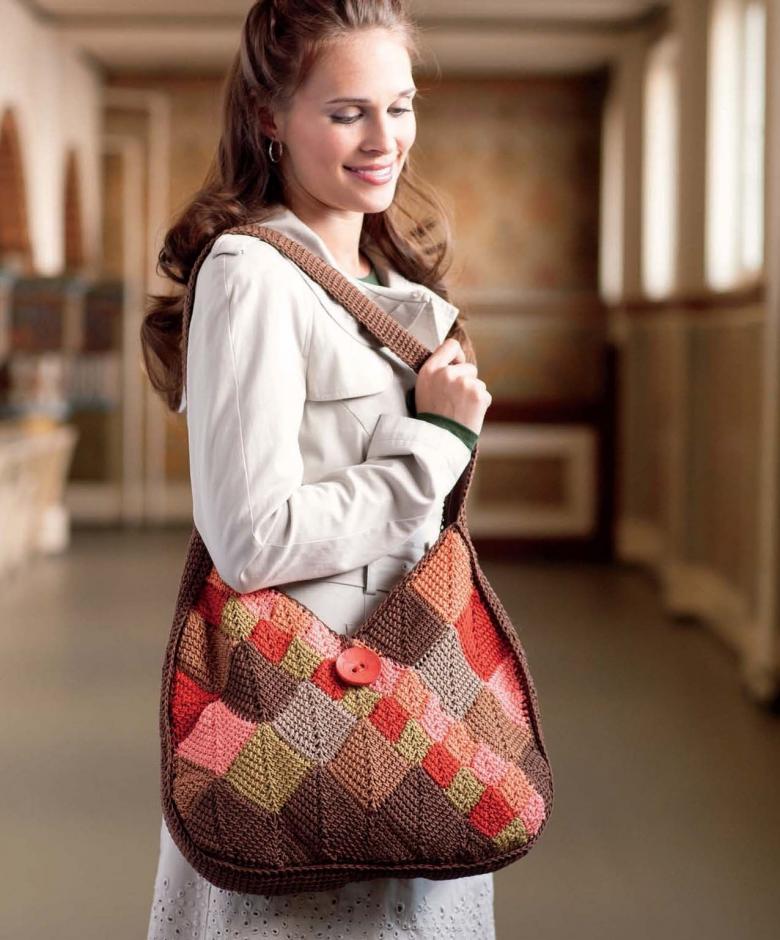
Products made in this technique are strong, perfectly retain their shape, and do not wear out for a long time. And the structure of the fabric, made in the Tunisian technique, allows you to embroider beautiful ornaments on it. In the bible of Tunisian crochet patterns, you can see the finished pieces and try to make something beautiful yourself using the descriptions.

However, Tunisian pieces have a very dense, non-stretchy structure. This technique is not a good idea to knit things that need elasticity, such as a sweater or cardigan with a soft yarn. Also do not knit things with a thick, bulky yarn. Yarn should be thinner than the hook, otherwise the fabric will be too dense, "wooden".

Tools and yarn
Tunisian cloth is knitted with a long hook, more like a needle. It comes in several varieties:
- An ordinary hook with a length of about 20-40cm. Suitable for making small motifs, scarves, narrow paths, as the width of the product is limited by the hook length.
- The hook for knitting wider fabrics is a fishing line with a hook on one end and a plug on the other. This tool can be used to make larger pieces, such as plaids, clothing pieces, and pillowcases for decorative cushions.
- For circular knitting, such as hats, choose a tool with two hooks on the ends.

For this interesting technique you can use any yarn, but the best option will be smooth. Both wool and cotton will look great. On the texture of the resulting fabric you can embroider any ornament with a cross.
Yarn for Tunisian knitting should be chosen thinner than the hook.

Beginner needlewomen are recommended to buy a set of hooks of different thickness from 2 to 8 mm.
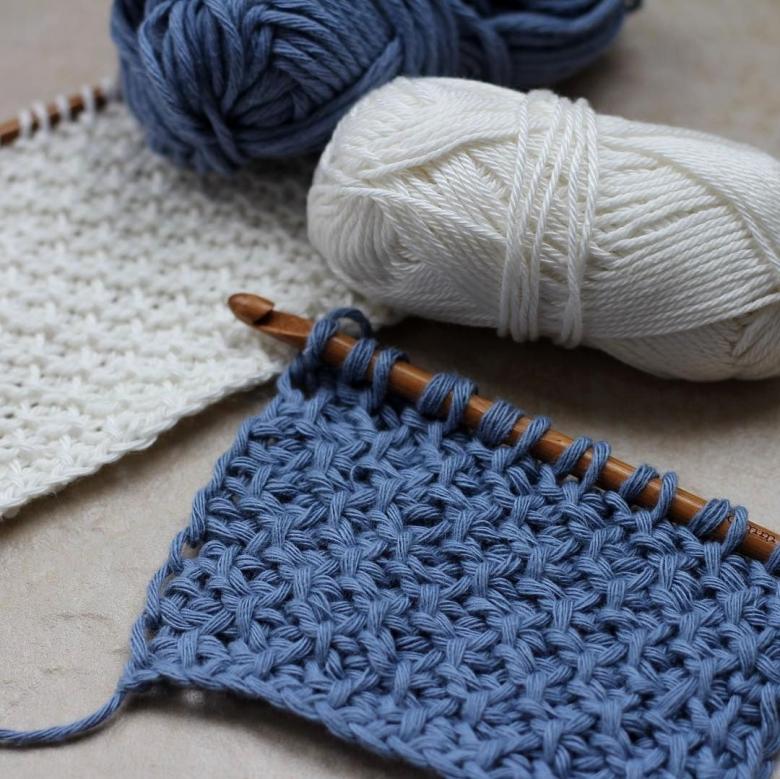
Technique of Tunisian knitting
There is nothing complicated in the knitting of Tunisian patterns, just this knitting technique is a bit unusual and differs from both crochet and needlework. But it's worth a try and you're sure to succeed.
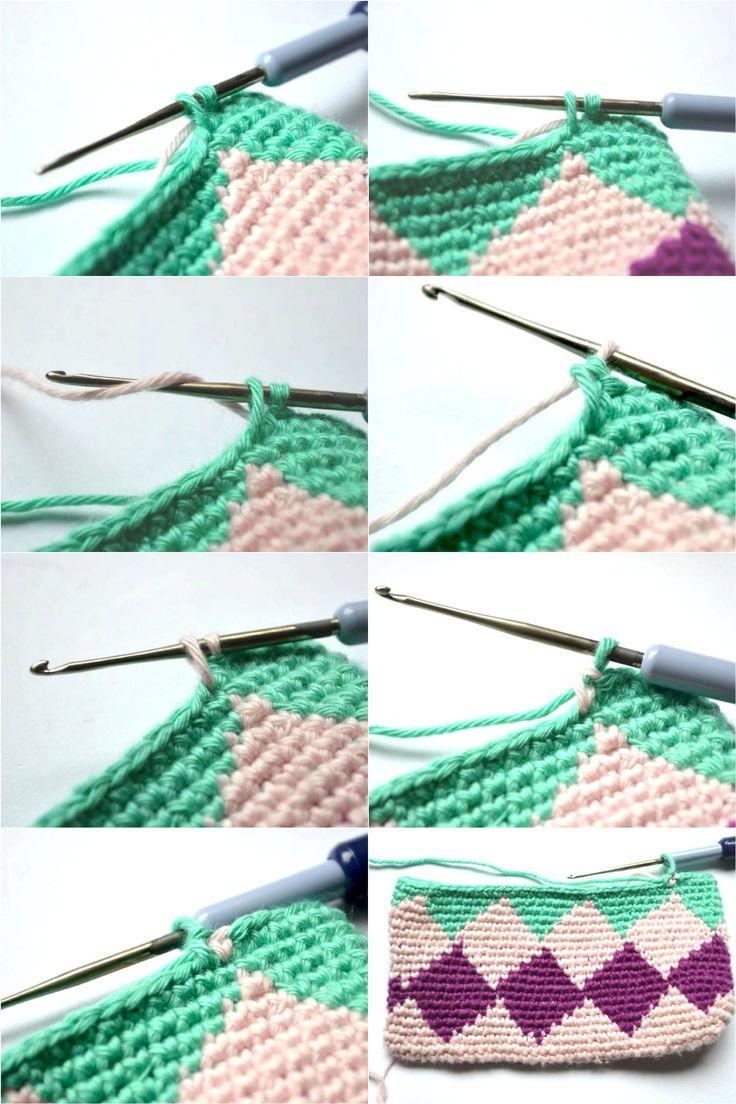
There are several kinds of Tunisian or Afghan knitting. Let's look at them all in the following examples:

A classic look
The product tied in a classic Afghan motif looks like a dense fabric with small holes (like a canvas for cross-stitch embroidery). What to start doing this technique? Let's consider the algorithm for performing this motif in more detail:
- We begin with a set of hooked ordinary chain of air loops. The length of the chain should not exceed the length of the working hook.
- Then in each airy stitch pull through the working stitch. Each pulled through stitch should be left on the hook. Do not knit the loops too tightly - the fabric may shrink or be too tight.
- In the third row, knit two stitches together. The resulting loop is tied with the next, and so on until the end of the loops. This will be a closed row.
- A new row of loops is typed under the column-links of the previous row to get a characteristic pattern, similar to the pattern of canvases for cross embroidery.
- Repeat the third and fourth points until the end of the product. The result should be a dense canvas with smooth edges.

The "frontal ironing."
The first and second points in all methods of Tunisian knitting are done as in the classic canvas. And then, to simulate the front smoothing, the thread is pulled through the middle of the loops of the bottom row, the yarn thread is grabbed from behind. Close the rows as in the description of the classic Afghan fabric.

Volumetric columns
This method of Tunisian knitting differs from the previous two ways of capturing the columns in the previous row. The column is not taken from right to left, but from left to right, twisting the loop and pulling the thread through. Dial a complete row, then use a hook to close.
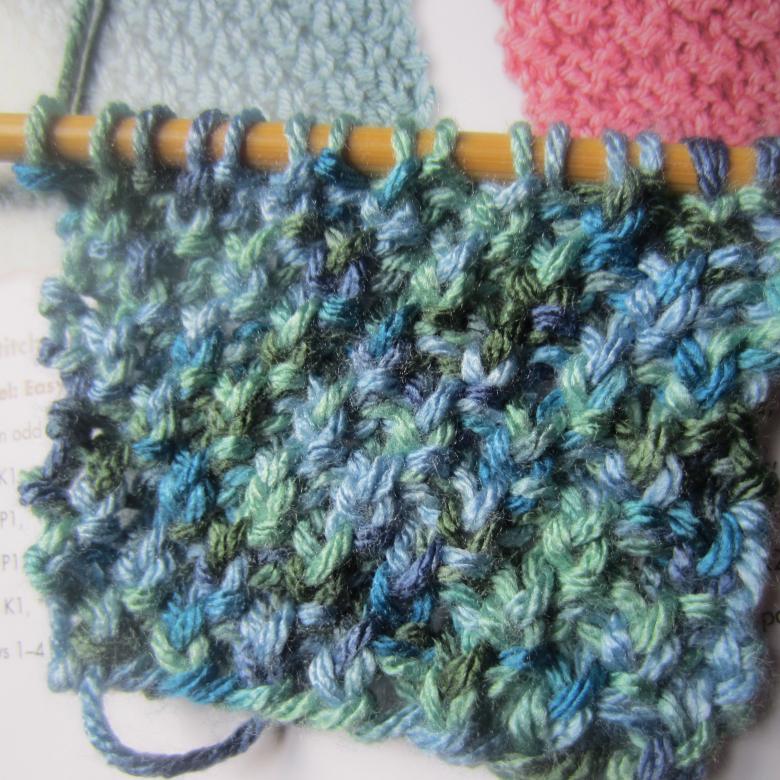
Tunisian fabric is knitted from the front side. Dialed from left to right, loops tied in the other direction and closed again from left to right. The product is not turn over. For convenience, the long hook is held as a needle.
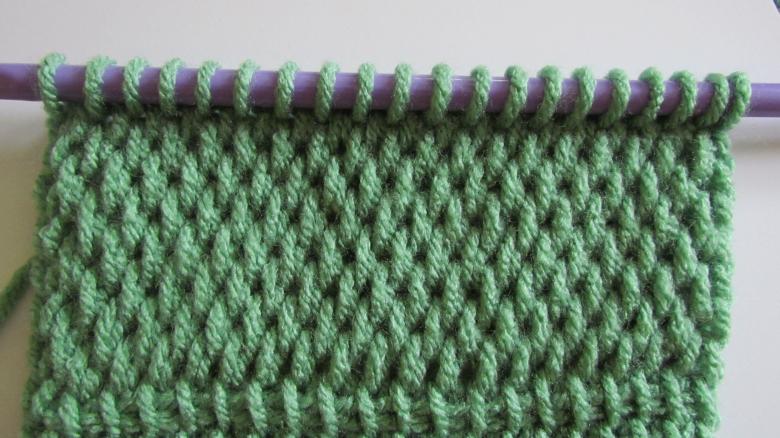
For a more detailed look at the different techniques and diagrams, please refer to the crochet bible of Tunisian patterns in the torrent. Tunisian knitting combines both the technique of knitting with needles and the technique of crochet. From the needles there are various relief loops, and from the hook - the ability to knit objects of any shape.

Before you start the main work it is worth to knit a few samples to correctly pick up the hook to the yarn. Experienced craftswomen have such samples since time to accumulate, from them you can also create something interesting and beautiful, such as a decorative cushion.

Processing the finished product
In the process of knitting the product is twisted at the edges, so before wearing or further processing it should be steamed. For this purpose, the finished fabric should be soaked (washed if necessary), wet stretched on a dense fabric and secured with English pins.

Steam the stretched item with an iron, and let it dry in this state. So the finished thing will hold its shape, and the detail will be easier to sew.

Tunisian knitting is another opportunity to show your creative talents, to create interesting things for your closet or decorative gifts for friends. The technique is quite easy and does not require much time and effort.




